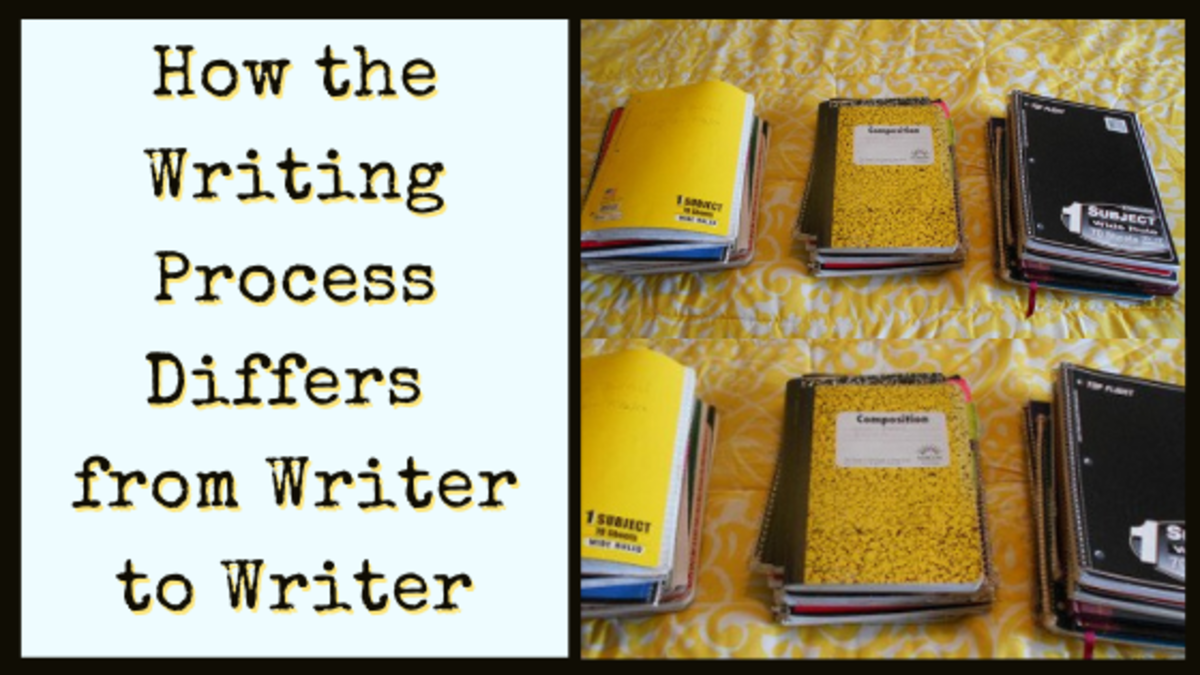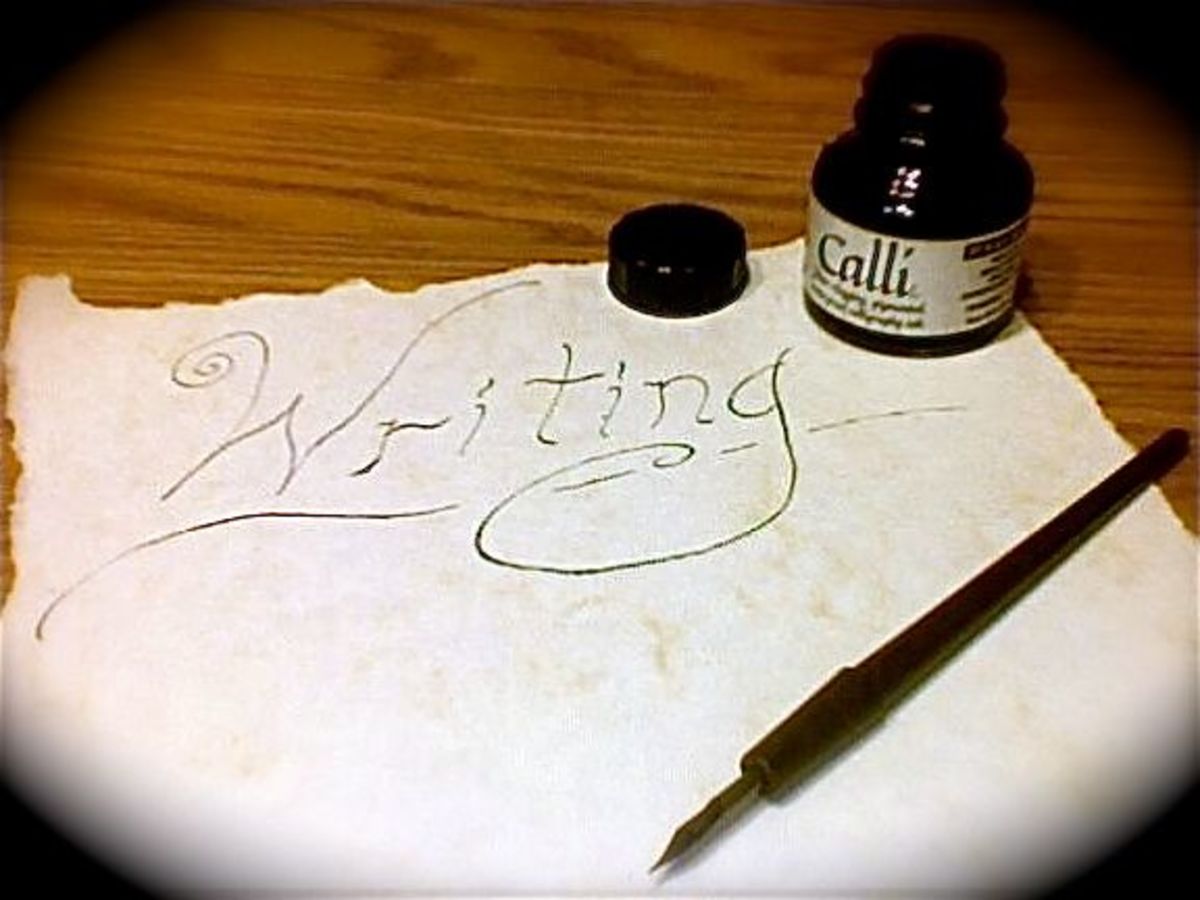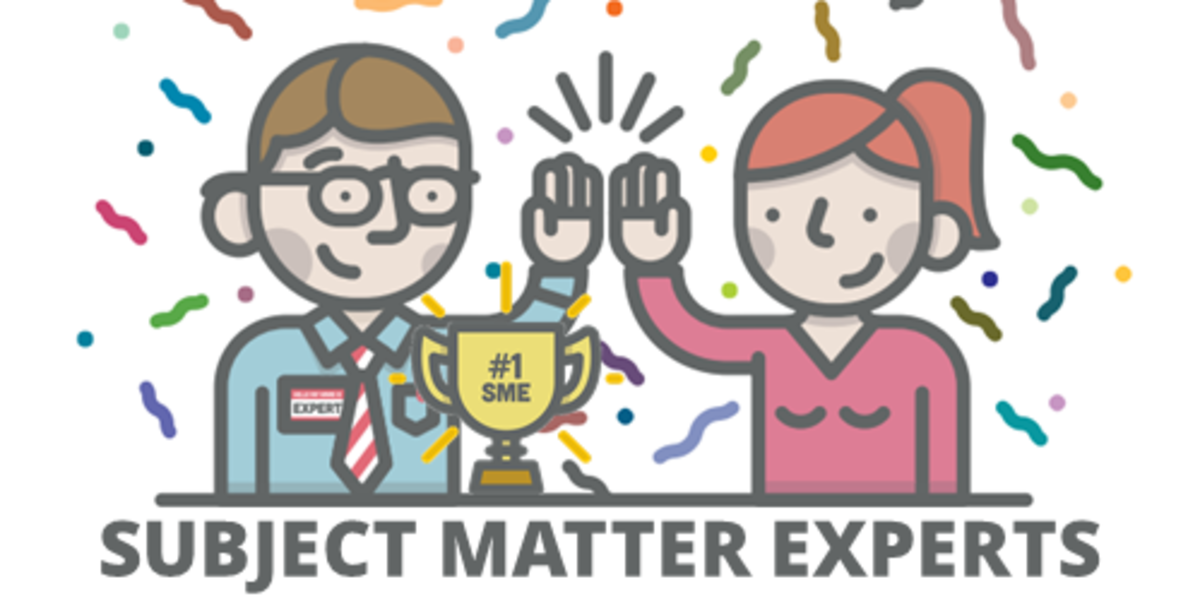Five Ways to Not Procrastinate Writing What You Said You Were Going to Write
The Great Procrastinator
In today's world, it is hard to find time to write. My busy daily activities keep me from sitting down and writing. Days pass into weeks. I finally find the time to sit down to write only to discover that I can't think of anything to write. It is at that point, I realize that the real reason I have procrastinated isn't because of all the other things that I had to do. I procrastinated because I really haven't taken the time to figure out what exactly I want to write.These five steps help me get myself on track every time.

Step One: Take Just Fifteen Minutes
When I procrastinate, I tell myself I will give myself fifteen minutes to work on developing this project's materials. I figure that anyone can do anything for fifteen minutes so I give myself that length of time to get started. I set my timer and get to work. I write down every basic topic related to this subject. I start with broad topics and get as specific as possible. I don't decide at this point whether I have enough material to write about the subject, I just write down a topic. If the subject isn’t broad enough to use on its own, it can be used as a component of a writing project. Next, I look at the list I have written and see what I know the most about the topics I have written down. That is what I then use for my next writing project.
Often fifteen minutes focusing on what I want to write is not enough. Often my topics are too broad so I know that I need to become even more focused. For instance, let's say I am trying to write about cars. That’s a big subject and it will seem so big that I can’t do the subject justice, especially in a single writing project. No matter how hard I try the subject of cars is too big a project to write about in one sitting, so my first objective will be for me to get more specific. Let's say that I decide that I want to write about Toyotas, but I realize that subject is still too big, so I decide that I want to write about a specific incident that happened when I was driving my Toyota Camry yesterday. Perfect! Now there is a subject I can write and write quickly.
Step Two: Create Questions That Need to be Answered
Once I have narrowed down my topic, I focus on exactly what questions I want to answer in the writing project. In the case of this story about driving my Toyota Camry, the first question I would ask is "What is the point I am trying to make in this story?" The second question I would ask is: What do I want the reader to take away from this story? Another way of putting it is: Why should the reader care that I drove my Toyota Camry yesterday?" The question gives me my theme. The second question takes my audience into account.
Let's say that we have determined that the theme of this article is "maintenance is important". And what I want readers to take away from this story is the key ways we can maintain our cars. The next question I might ask is What are the key ways that we maintain our cars? The following question might be: How do we do this maintenance on our cars? Which would bring up the question How do we do this type of maintenance on our cars?
Our article idea is taking shape. We have focused our idea on the specific article and know what questions we want the article to answer.
Step Three: Develop an Outline
Sometimes I know what I want to say, but my brain is overwhelmed by the information because I don’t know how I want to organize it. This is where outlining comes in handy. Once I know the questions I want to ask, I collect those questions into the order in which I think the questions would be best answered. This way I get a good idea of the main points that I want to cover. This helps me organize the information into a well-written project.
For instance, let's say that I want to include the specific story from yesterday in which I did not do the maintenance on my Toyota Camry story. I can determine that I am using the story as the hook or what draws people into my story. Next, I would organize the questions in a logical order in which to answer them. Once the questions are outlined, I find the answers and the writing project practically writes itself. Anything that I have to research becomes obvious at this outline stage and prevents me from following rabbit holes of research, wasted time, and, yes, even procrastination.
Step Four: Develop Writing Templates
A good way to increase productivity and avoid procrastination is to develop different styles of outlines known as writing templates that help us in preventing our writing from looking like a college essay all the time.
A template is a preplanned outline that I just fill in the subject matter. I develop templates based on the structures of my previous writing projects. I take it a little further and study the writing project structures that others have used. I then create my own templates based on those writing projects. The more types of templates I develop, the easier it is to write on various subjects. I just determine what template I am planning to use and then pop in the questions that I want to be answered. There are literally hundreds of templates I could use. Here are three commonly used ones.
- · A tips template is easy to use. I wrote five tips on a specific way to avoid procrastination. This is one of the most uncomplicated templates to use. This is the one I used for this hub.
- · Another simple template is the list template where you list as many ways to do something as possible. For instance, you might write a list of “twenty ways to trick yourself into writing now.”
- · Recipes templates are easy to make as well. Set up with a story to hook the readers into reading, and make a list of ingredients, directions, and special tips and warnings.
Step Five: I Write What I Know When I Know It
Thanks to the fact that I compose content on the computer, I am able to begin my work with any aspect of the project that I know to write. I don't have to start at the beginning. I could start with the final paragraph. I begin by writing what I know when I know it. If I am writing along and I come to a place where I realize I need more research, I make a note of it both in my writing and on a research list what specific research is needed and then I move on and continue my train of thought. Later I can go do the research and then include that research simply by plugging it into the article.
I do not worry about which component of the writing project I do first. For this hub, for instance, I wrote the body first, then I wrote the ending and finally I write the introductory paragraph and finally I figure out the title. One of the most freeing aspects of composing content on the computer was that I discovered that I do not have to write in a specific order. I can write in whatever order the information comes to me.
Put It All Together
I have learned to make these five tips habits in my writing schedule. By determining to sit down for just a few minutes, making a list of subjects that I know I can write, determining the questions I want to answer in the article, creating an outline and templates, and writing what I know as it comes to me, I remove many of the barriers to getting writing project finished. By removing the barriers, I bypass procrastination and have finished projects to demonstrate my diligence.
Now it's just a simple matter of editing the material and getting it published.
This content is accurate and true to the best of the author’s knowledge and is not meant to substitute for formal and individualized advice from a qualified professional.
© 2014 Cygnet Brown








